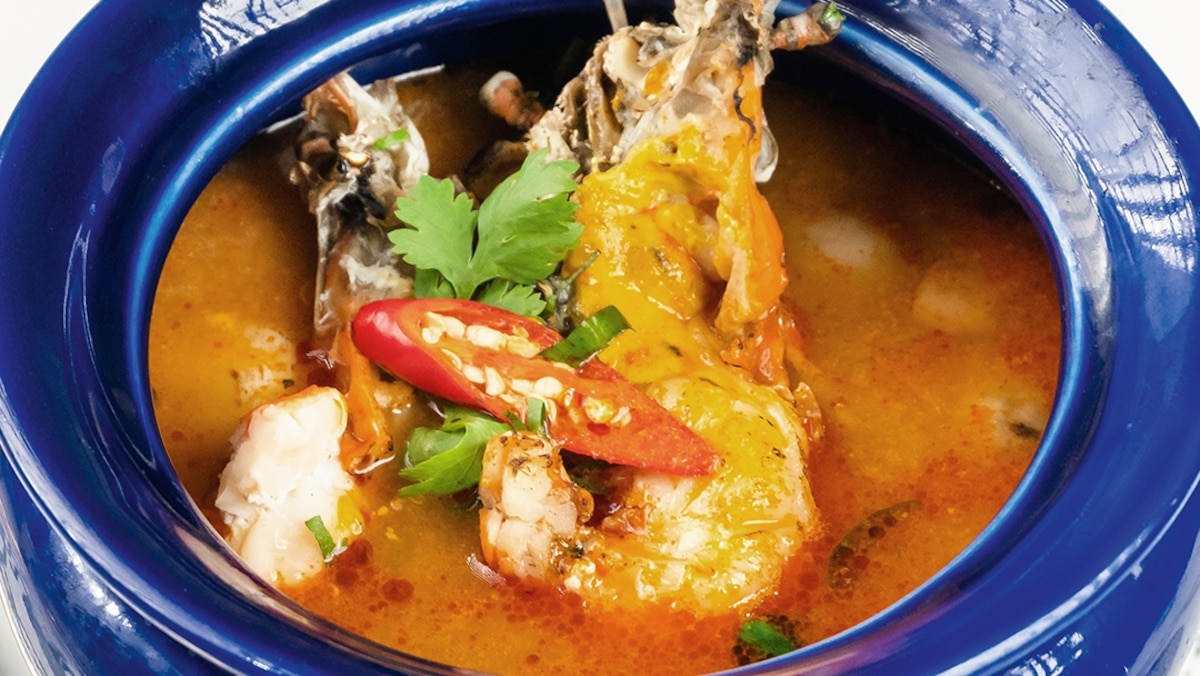Now Reading: Why Coriander Holds a Key Role in Thai Cuisine
-
01
Why Coriander Holds a Key Role in Thai Cuisine
Why Coriander Holds a Key Role in Thai Cuisine

Fast Summary
- Article Focus: The piece explores the essential role of coriander in Thai cooking, highlighting its use in various dishes and parts of the herb-roots, stems, seeds, and leaves.
- Chef Perspectives: Chef Dylan Eitharong from Haawm restaurant declares coriander indispensable for Thai cuisine. Bo Songvisava from Bo.lan emphasizes its utility across all elements of cooking: adding umami with roots, depth with seeds, and freshness with leaves.
- Origins: Coriander’s roots trace back to the Mediterranean and Middle East before making its way to Thailand via European trade routes.
- Global usage: In Mexican cuisine at Bangkok-based Delia restaurant, chef Gabriela Espinosa incorporates every part of coriander into dishes like green mole sauce and guacamole while adapting Thai-inspired uses like employing coriander roots for broths.
- Debate Over Use: While celebrated for adding flavor across culinary styles globally, misapplications (e.g., on massaman curry) are critiqued by purists within Thai cooking culture.
images featured:
- Chef Dylan Eitharong preparing satay skewers seasoned with coriander.
- Interior view of fine dining restaurant Bo.Lan associated with authentic Thai cuisine.
Indian Opinion Analysis
Coriander’s journey-from a Mediterranean staple to an integral component of vibrant global cuisines-illustrates how cultural exchange shapes food traditions over time. For India, whose diverse culinary heritage has embraced similar Mediterranean imports like chilies or tomatoes through trade history, this narrative resonates deeply.The herb’s multipurpose application parallels Indian cooking practices using cilantro extensively for garnish or chutneys while leveraging its seeds as foundational spices in masala blends.
The mention also poses intellectual curiosity around India’s cultural contributions to global spice adaptations; countless chefs globally already adopt Indian-inspired cooking techniques or ingredients such as curry paste innovations rooted partly inspired historic reciprocal recipes-sharing they’d find Asian comparative regionality . Such trends affirm both universalized ideas broader rethinking shrinking interconnected bases


























